Welcome to the future of living. Home automation is no longer a concept from science fiction; it's a practical and accessible reality that is reshaping how we interact with our living spaces. A truly smart home offers more than just novelty gadgets. It creates a connected ecosystem that enhances security, conserves energy, and simplifies daily routines, giving you unprecedented control over your environment.
While the idea of connecting every device in your home might seem complex, the rewards are substantial. The core advantages of home automation lie in its ability to deliver a level of convenience and insight previously unimaginable, making your home more responsive to your needs. This guide moves beyond the hype to explore the nine most impactful benefits of building a smart home, providing actionable insights for creating a more intelligent, efficient, and secure environment.
From significant energy savings and robust security systems to customized routines that fit your lifestyle, we will provide a comprehensive breakdown of why this technology is a worthwhile investment. This list is your first step toward understanding how to leverage smart technology for a more streamlined and protected home. We will cover specific examples and practical implementation details for each benefit, empowering you with the knowledge to make informed decisions for your household.
1. Energy Savings and Efficiency
One of the most compelling advantages of home automation is its direct impact on your wallet through significant energy savings. By intelligently managing your home's lighting, heating, and cooling systems, automation eliminates wasteful energy consumption without sacrificing comfort. Smart systems adapt to your lifestyle, ensuring energy is only used when and where it's needed.
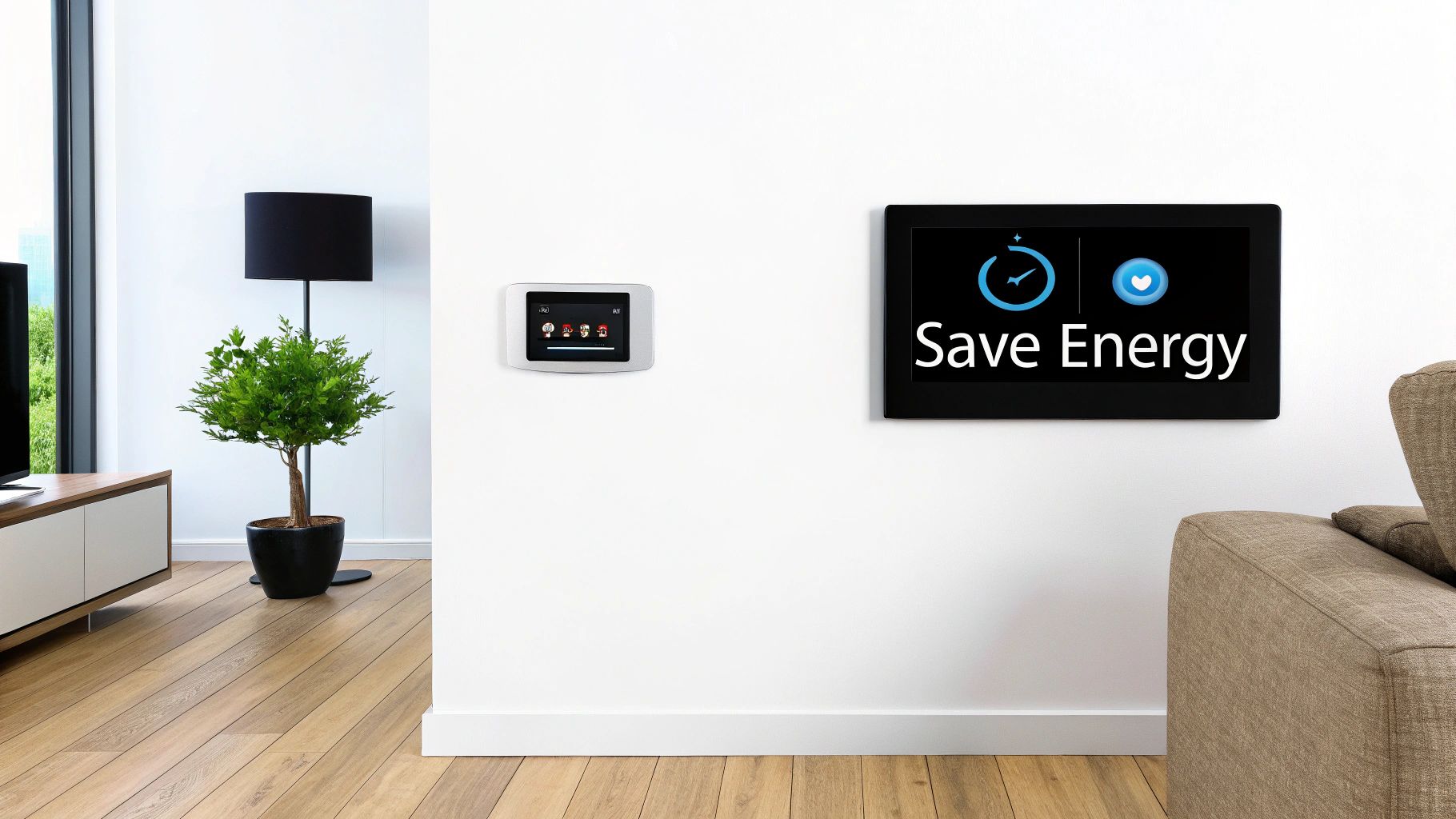
This translates into tangible reductions in utility bills. Homeowners often see annual energy cost reductions between 10-23%, a figure validated by studies on devices like the Nest Learning Thermostat. These systems learn your schedule and preferences, automatically adjusting the temperature to an energy-saving "Away" mode when you leave and returning to a comfortable setting just before you arrive.
How to Maximize Your Savings
To achieve the best results, strategic implementation is key. Simply installing a smart device is not enough; optimizing its settings and integrating it with other systems unlocks its full potential.
- Strategic Placement: Install smart thermostats in central, high-traffic areas away from direct sunlight, drafts, or heat sources to ensure accurate temperature readings.
- Combine Technologies: Pair smart lighting with motion sensors in areas like hallways, bathrooms, and closets. This ensures lights are never left on in an empty room, maximizing efficiency.
- Leverage Geofencing: Use your smartphone's location to trigger energy-saving routines automatically. The system can lower the heat, turn off lights, and power down non-essential devices the moment everyone has left the house.
- Analyze Your Data: Most smart energy systems provide detailed usage reports. Review these monthly to identify patterns and find new opportunities to reduce consumption. For more details on creating an integrated system, you can explore our guide to an energy-efficient smart home.
2. Enhanced Home Security
Another significant advantage of home automation is the layered, intelligent security it brings to your property. Smart security systems offer a proactive defense by connecting cameras, locks, sensors, and alarms into one cohesive network that you can monitor from anywhere. This integration provides real-time alerts for everything from unauthorized entry to environmental hazards like smoke or carbon monoxide.
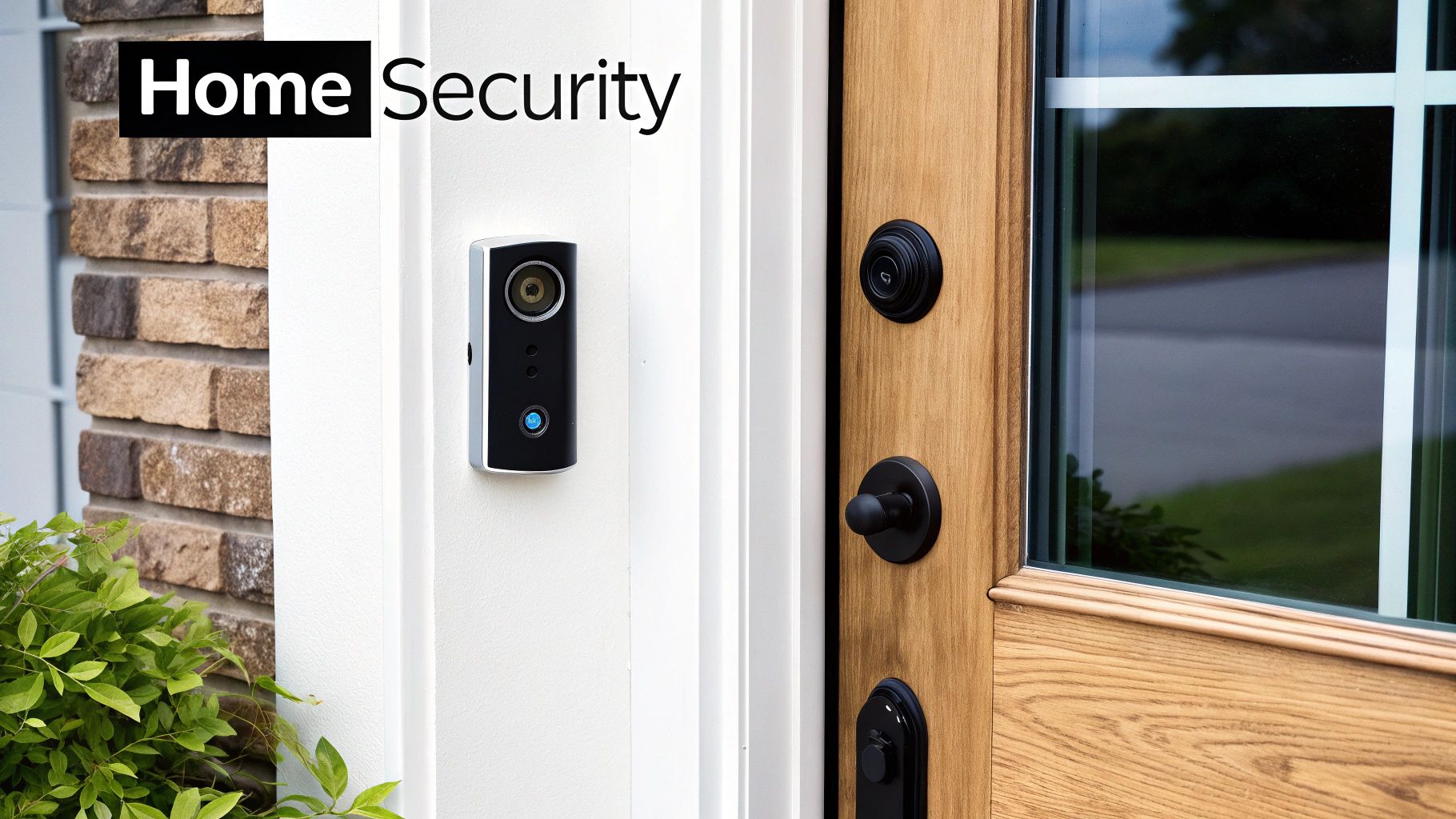
This level of connectivity translates into faster response times and greater peace of mind. Systems like the Ring Video Doorbell actively deter package theft, while an August Smart Lock creates a detailed access log, showing you exactly who entered and when. For comprehensive protection, a significant benefit of home automation is the robust security it offers, often integrating sophisticated technologies like modern, responsive systems for detection of unauthorized entry. Explore detailed guides on selecting and implementing home intruder alarm systems.
How to Maximize Your Security
Proper setup and regular maintenance are crucial for ensuring your smart security system operates effectively. A well-configured system not only deters threats but also minimizes false alarms and provides reliable evidence if an incident occurs.
- Strategic Camera Placement: Position cameras to cover all primary entry points like doors and ground-floor windows, as well as high-value areas such as a home office or garage.
- Secure Your Network: Always use strong, unique passwords for your smart home accounts and enable two-factor authentication (2FA) for an added layer of digital protection against unauthorized access.
- Create Custom Alerts: Set up specific mobile notifications for different events. For example, receive an immediate alert if a window sensor is triggered between 10 PM and 6 AM, but only a log entry if the front door is opened during the day.
- Keep Firmware Updated: Manufacturers regularly release firmware updates to patch security vulnerabilities and improve performance. Enable automatic updates or check for them monthly. For an in-depth look at building a complete security network, you can discover our comprehensive guide to smart home security systems.
3. Convenience and Remote Control
Perhaps the most immediately felt advantage of home automation is the unparalleled convenience it brings to daily life. This technology consolidates control of countless household devices into a single, accessible interface, typically a smartphone app or voice assistant. You gain the power to manage lighting, thermostats, entertainment systems, and even kitchen appliances from anywhere in the world, freeing you from manual adjustments.

This remote access fundamentally changes how you interact with your home. Forgetting to turn off a light or lock the door is no longer a source of anxiety; a quick tap on your phone resolves the issue. Platforms like Amazon Alexa and Google Assistant have popularized hands-free control, allowing you to simply speak commands to adjust your environment. This creates a seamless, responsive living space that adapts to your needs in real time.
How to Maximize Your Convenience
Achieving true hands-off convenience requires thoughtful setup and customization. A well-organized system works intuitively, simplifying complex routines into single actions.
- Create "Scenes": Group multiple device actions into a single command. For example, a "Movie Night" scene could dim the lights, lower the blinds, and turn on the TV and sound system simultaneously with one tap or voice command.
- Group by Room: Organize your devices into logical groups within your smart home app, such as "Living Room" or "Bedroom." This makes it far easier to control all the lights or devices in a specific area at once.
- Start Small and Expand: Begin with 3-5 core devices that address your biggest daily inconveniences, like smart plugs, a thermostat, or key lighting. Master these before gradually expanding your ecosystem to avoid feeling overwhelmed.
- Automate Arrivals and Departures: Use geofencing to trigger actions based on your phone's location. Have the garage door open, entryway lights turn on, and thermostat adjust automatically as you pull into the driveway. Find out more by exploring our roundup of the best smart home apps.
4. Improved Accessibility for Elderly and Disabled Users
A significant advantage of home automation is its capacity to create a more accessible and independent living environment. For elderly individuals and those with disabilities, smart technology removes physical barriers, providing control over essential home functions through simple voice commands or a tap on a screen. This empowerment allows users to manage lighting, thermostats, and door locks without physical strain, fostering greater autonomy and safety.
The impact on daily life is profound. Services like Amazon Alexa Together are designed specifically for this purpose, offering features like 24/7 urgent response and fall detection. Similarly, AARP has highlighted how smart homes can facilitate aging-in-place, reducing risks and providing peace of mind for both users and their families. Voice assistants can answer questions, make calls, and control appliances, dramatically reducing reliance on others for everyday tasks.
How to Maximize Accessibility
To create a truly supportive smart home, the focus must be on user-friendly interfaces and robust emergency features. Careful planning ensures the technology serves as a reliable aid rather than a complex hurdle.
- Prioritize Voice Control: Implement voice-activated assistants like Alexa or Google Assistant for hands-free operation of lights, thermostats, and entertainment systems. Use clear, simple command phrases.
- Install Smart Safety Devices: Integrate smart smoke detectors, carbon monoxide alarms, and emergency buttons that can automatically alert family caregivers or emergency services when triggered.
- Automate Daily Routines: Create automated schedules for lighting to turn on at sunset and off at bedtime, reducing the risk of falls in the dark. Automate thermostat adjustments to maintain a comfortable temperature.
- Choose User-Friendly Systems: Select devices and apps with large, high-contrast displays and intuitive navigation. Test all accessibility features thoroughly to ensure they meet the specific needs of the user. For a deeper look into creating a supportive environment, you can review AARP's smart home resources.
5. Long-term Cost Savings
Beyond the immediate convenience, one of the most significant advantages of home automation is the substantial long-term financial return. While the initial setup cost can range from a few hundred to several thousand dollars, these systems are designed to pay for themselves over time by cutting costs across multiple areas of homeownership, from utilities to insurance.
The return on investment (ROI) is achieved through several channels. Smart water leak detectors can prevent catastrophic damage that often costs over $10,000 to repair, while insurance companies frequently offer premium discounts of 15-20% for homes with certified smart security systems. Furthermore, homes with integrated automation often see a 3-5% increase in market value, making it a wise investment for future resale.
How to Maximize Your Savings
Achieving a strong ROI requires a strategic approach that prioritizes high-impact upgrades and leverages all available financial incentives. It's about making smart choices upfront to ensure your system delivers maximum value over its lifespan.
- Prioritize High-Impact Devices: Start by automating the most energy-intensive systems in your home, such as your HVAC with a smart thermostat or your water heater. These offer the quickest path to noticeable savings on utility bills.
- Inquire About Insurance Discounts: Before purchasing a security system or water sensor, contact your insurance provider. Many companies, like State Farm and Allstate, offer specific discounts for approved devices from brands like Ring or Nest.
- Calculate Your ROI: Before investing, analyze your current utility bills. Use this data to estimate your potential savings and calculate how long it will take for a new device to pay for itself.
- Bundle Your Systems: Whenever possible, purchase devices from a single ecosystem (e.g., Google Home, Amazon Alexa). This often provides cost savings through bundled pricing and ensures seamless integration, which enhances overall efficiency and performance. For more ideas on how to start, check out these smart home starter kits for beginners.
6. Seamless Integration and Interoperability
A significant advantage of home automation today is the growing emphasis on seamless integration between devices from different manufacturers. Gone are the days of being locked into a single brand's ecosystem. Modern smart home platforms and protocols like Matter, Z-Wave, and Zigbee enable a diverse range of products to communicate and work together, creating a unified and highly customizable system.
This interoperability means you can select the best smart lock, thermostat, and light bulbs for your needs, regardless of the brand, and have them all cooperate flawlessly. For example, the Matter protocol allows devices that previously only worked with Alexa, Google Home, or Apple HomeKit to now function across all three ecosystems. Similarly, powerful hubs like Samsung SmartThings and the open-source Home Assistant platform support hundreds or even thousands of integrations, giving you ultimate control and flexibility.
How to Maximize Your System's Integration
Building a cohesive smart home requires a strategic approach to selecting your core platform and devices. Focusing on compatibility from the start prevents fragmentation and ensures a smooth, responsive system.
- Choose a Multi-Protocol Hub: Select a central controller that supports multiple communication standards like Z-Wave, Zigbee, WiFi, and Matter. Hubs like Hubitat Elevation or Home Assistant offer broad compatibility and local control.
- Verify Compatibility Before Buying: Always check the compatibility list for your chosen hub or ecosystem before purchasing a new device. Look for the "Works with SmartThings" or "Matter" logo on product packaging.
- Keep Firmware Updated: Manufacturers frequently release firmware updates that improve device performance, add new features, and enhance interoperability with other systems. Regularly update your hub and connected devices.
- Prioritize Local Control: For maximum reliability and speed, consider platforms like Home Assistant or Hubitat that process automations locally rather than depending on the cloud. This ensures your system works even if your internet connection goes down. You can learn more about building a robust local network on our blog.
7. Customized Automation Routines and Scenes
One of the most powerful advantages of home automation is the ability to create personalized routines that perfectly align with your daily life. Instead of controlling individual devices, you can group multiple actions into a single command or trigger. These "scenes" or "routines" transform your home into an environment that actively anticipates and responds to your needs, saving you time and effort.
This level of customization streamlines repetitive tasks. For example, a "Good Morning" scene can simultaneously raise the smart blinds, gradually brighten the lights, adjust the thermostat, and start playing your favorite news briefing. Similarly, a "Leaving Home" routine can lock all doors, arm the security system, turn off all lights, and set the thermostat to an energy-saving mode with a single voice command or tap.
How to Master Your Routines
Effective automation goes beyond simple commands; it involves creating intelligent, multi-step sequences that simplify complex tasks. Building robust and reliable routines is key to unlocking the full potential of your smart home.
- Start Simple, Then Expand: Begin with 3-5 basic routines, such as "Movie Night" (dim lights, close blinds) or "Bedtime" (turn off electronics, lower temperature). Once you are comfortable, you can build more complex, multi-layered automations.
- Use Clear Naming Conventions: Name your scenes and routines intuitively (e.g., "Weekday Morning," "Secure the House"). This makes them easier to remember for voice commands and simplifies troubleshooting later on.
- Leverage Multiple Triggers: Combine different triggers for more sophisticated automation. For instance, a "Welcome Home" routine could be triggered by geofencing when you are near home, but only after sunset, ensuring the lights turn on at the right time.
- Review and Refine: Your lifestyle and needs will change over time. Set a reminder to review your routines quarterly to make adjustments, remove unused automations, and add new ones that better fit your current habits. For a deeper dive into creating these systems, you can learn about advanced platforms like Home Assistant.
8. Real-time Monitoring and Smart Alerts
One of the most powerful advantages of home automation is its ability to serve as a vigilant, 24/7 monitor for your property. These systems provide continuous oversight of critical home conditions, sending instant notifications for anomalies or emergencies. This real-time awareness enables you to respond immediately to potential disasters, preventing costly damage and ensuring the safety of your family.
This translates into tangible protection and peace of mind. A smart water sensor like the Flo by Moen can detect a minor drip and alert you before it becomes a catastrophic flood, saving thousands in repairs. Similarly, a Google Nest Protect can send an immediate carbon monoxide alert to multiple family members' phones, offering crucial warning time that traditional alarms cannot. This proactive monitoring transforms your home from a passive structure into a responsive environment.
How to Maximize Your Monitoring
Effective monitoring goes beyond just placing sensors; it requires thoughtful configuration and integration to ensure alerts are meaningful and timely without causing notification fatigue.
- Set Smart Thresholds: Customize alert settings for temperature, humidity, and motion to match your home's normal patterns. Setting a temperature alert for a vacation home just above freezing, for instance, prevents burst pipes without sending unnecessary notifications.
- Establish Alert Priorities: Configure your system to distinguish between critical and informational alerts. A water leak or smoke detection should trigger an immediate phone call and SMS, while a package delivery might only warrant a simple push notification.
- Create Clear Action Plans: Predetermine your response for common scenarios. If a leak is detected, the system could automatically shut off the main water valve. If unexpected motion is detected at night, interior lights could turn on to deter intruders.
- Test and Review Regularly: Perform monthly tests of your alert systems to ensure they are functioning correctly. Review historical data from sensors to identify subtle patterns, like a slowly failing appliance or a drafty window, allowing you to address issues before they escalate.
9. Increased Property Value and Market Appeal
Investing in home automation isn't just about immediate convenience; it's a strategic upgrade that significantly enhances your property's market value. A home equipped with integrated smart systems is seen as modern, efficient, and secure, making it far more attractive to potential buyers. This enhanced appeal often translates into a higher selling price and a faster sale.
Real estate market data consistently shows that smart homes sell for a premium. Studies from sources like Zillow and the National Association of Realtors indicate that properties with features like smart thermostats, integrated lighting, and advanced security systems can command prices 3-5% higher than comparable non-automated homes. In tech-savvy or luxury markets, this premium can surge to 10% or more, as these features are no longer a bonus but an expectation.
How to Maximize Your Property's Appeal
To ensure your smart home investment pays off at resale, proper presentation and documentation are crucial. It's about showcasing the technology as a seamless, valuable part of the home's lifestyle.
- Document Everything: Create a comprehensive binder that includes manuals, warranties, and a list of all installed smart devices and systems. This demonstrates a well-maintained and professionally upgraded property.
- Highlight Key Benefits: In your property listing, specifically mention the security, energy efficiency, and convenience benefits. Frame it in terms of tangible value, like lower utility bills and insurance premiums.
- Stage a Smart Demonstration: During showings, ensure the systems are functioning perfectly. Set up a simple "welcome" scene that activates lights and adjusts the thermostat to create an impressive first impression for potential buyers.
- Choose Wisely: Focus on renovations that deliver a strong ROI. For further insights into which upgrades add the most value, a guide on maximizing your home renovation return on investment can provide valuable direction.
9-Point Comparison of Home Automation Benefits
| Item | 🔄 Implementation Complexity | ⚡ Resource Requirements | ⭐ Expected Outcomes | 📊 Ideal Use Cases | 💡 Key Advantages / Tips |
|---|---|---|---|---|---|
| Energy Savings and Efficiency | Moderate — sensor & thermostat installs, integration | Smart thermostat, occupancy sensors, internet, possible installer | Significant energy reduction (10–23% annually) ⭐⭐⭐ | Homes with high HVAC/lighting costs; retrofit & new builds | Place thermostat centrally; combine motion sensors; review energy reports |
| Enhanced Home Security | High — camera/lock placement, monitoring configuration | HD/4K cameras, smart locks, reliable internet, monitoring subscription | Strong deterrent; faster emergency response; insurance savings ⭐⭐⭐ | Security-focused households, rentals, vacation properties | Position cameras at entry points; use strong passwords & 2FA; update firmware |
| Convenience and Remote Control | Low–Moderate — app and voice setup, device pairing | Smartphone/voice assistant, Wi‑Fi, compatible devices | High convenience and time savings; hands-free control ⭐⭐ | Busy households, tech‑savvy users, frequent travelers | Start with 3–5 devices; group by room; use scenes and geofencing |
| Improved Accessibility for Elderly and Disabled Users | Moderate — customization and training often needed | Voice assistants, automated locks, emergency buttons, accessible UI | Greater independence and safety; supports aging‑in‑place ⭐⭐⭐ | Seniors, users with mobility or visual impairments, caregivers | Choose large high‑contrast interfaces; install multiple emergency buttons; test thoroughly |
| Long-term Cost Savings | Moderate–High — wider system upgrades and tracking | Upfront investment ($1k–$15k+), monitoring, possible pro install | ROI in ~3–7 years; reduced bills, insurance & maintenance costs ⭐⭐ | Long-term homeowners, high energy consumers, investment properties | Calculate ROI, bundle systems, prioritize HVAC & water systems |
| Seamless Integration and Interoperability | Moderate — planning for protocols and hubs | Multi‑protocol hub (Z‑Wave/Zigbee/Matter), compatible devices, firmware updates | Flexible, scalable system; avoids vendor lock‑in ⭐⭐ | Mixed-brand environments, gradual expansions, tech enthusiasts | Choose multi‑protocol hubs; verify compatibility; keep firmware updated |
| Customized Automation Routines and Scenes | Moderate–High — logic design, testing and refinement | Automation platform (Home Assistant/IFTTT), sensors, time for setup | Personalized routines save time; improves daily efficiency ⭐⭐ | Users with repetitive routines, advanced automation needs | Start with simple routines; name & document automations; build redundancy |
| Real-time Monitoring and Smart Alerts | Moderate — sensor tuning and alert management | Sensors, reliable connectivity, mobile alerts or monitoring service | Early detection of issues; reduces damage and emergency costs ⭐⭐⭐ | Vacation homes, leak‑prone properties, safety‑conscious owners | Set thresholds to reduce false alarms; prioritize critical alerts; test monthly |
| Increased Property Value and Market Appeal | Low–Moderate — depends on system quality and documentation | High‑quality, reliable devices; system documentation for buyers | 3–5% average price premium (up to 10% in luxury markets) ⭐⭐ | Sellers, realtors, builders, upscale listings | Document systems; ensure everything works before showing; highlight energy/security benefits |
Your Next Step Towards a Smarter Home
The journey through the advantages of home automation reveals a compelling narrative. It's a story not just about futuristic gadgets, but about creating a living environment that is fundamentally more responsive, secure, and efficient. We've explored how these systems are no longer a luxury for the tech-savvy but a practical, powerful upgrade for any modern household. The benefits are tangible and far-reaching, transforming the very definition of what a home can do for its inhabitants.
From the significant reduction in energy consumption through smart thermostats and lighting to the profound peace of mind offered by integrated security systems, the value proposition is clear. We've seen how automation provides unprecedented convenience, putting complete control of your home in the palm of your hand, whether you're on the couch or across the globe. Perhaps most importantly, we've highlighted its role in creating more inclusive living spaces, offering independence and safety for elderly and disabled family members through voice commands and automated assistance.
From Concept to Reality: Your Action Plan
Transitioning from interest to implementation can feel daunting, but it doesn't have to be. The key is to approach it strategically, focusing on your unique needs and priorities. The true power of a smart home lies in its customizability. It’s not about installing every device on the market; it’s about choosing the right ones to solve your specific challenges and enhance your daily life.
Consider these actionable steps as you begin your journey:
- Identify Your Primary Goal: What is your main motivation? Is it bolstering security with smart locks and cameras? Are you focused on reducing utility bills with an intelligent HVAC system? Or is your priority the sheer convenience of automating daily routines like lighting and window shades? Pinpointing this will guide your initial investments.
- Start Small and Scale Up: You don't need to automate your entire house overnight. Begin with a single room or a specific function. A starter kit with a smart hub and a few smart plugs or bulbs is an excellent, low-cost way to experiment and understand how these devices work together.
- Prioritize Ecosystem Compatibility: To unlock the full potential of customized scenes and routines, ensure your devices can communicate with each other. Choose a central ecosystem, such as Amazon Alexa, Google Assistant, or Apple HomeKit, and select compatible products. This avoids the frustration of managing multiple, disconnected apps.
The long-term advantages of home automation, from tangible cost savings to a significant boost in your property’s market appeal, represent a wise investment in your home’s future. By taking a measured and thoughtful approach, you can build a smart home that not only simplifies your life but also adapts and grows with your needs for years to come.
Ready to take the next step and find the perfect devices for your goals? The Automated Home Guide offers in-depth product reviews, step-by-step setup guides, and expert advice to help you make informed decisions on your smart home journey. Visit Automated Home Guide to start building a smarter, more connected home today.
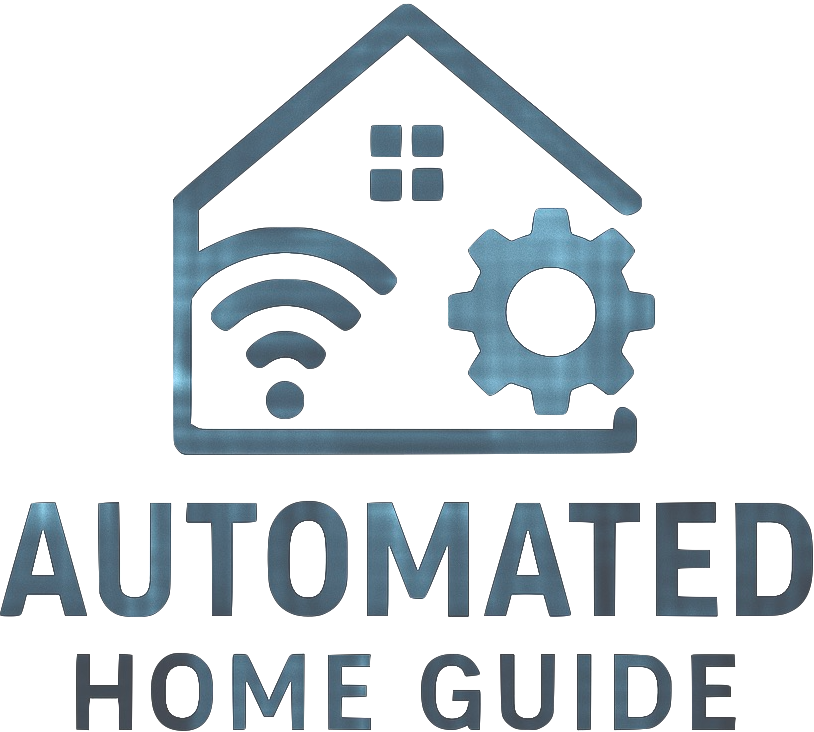
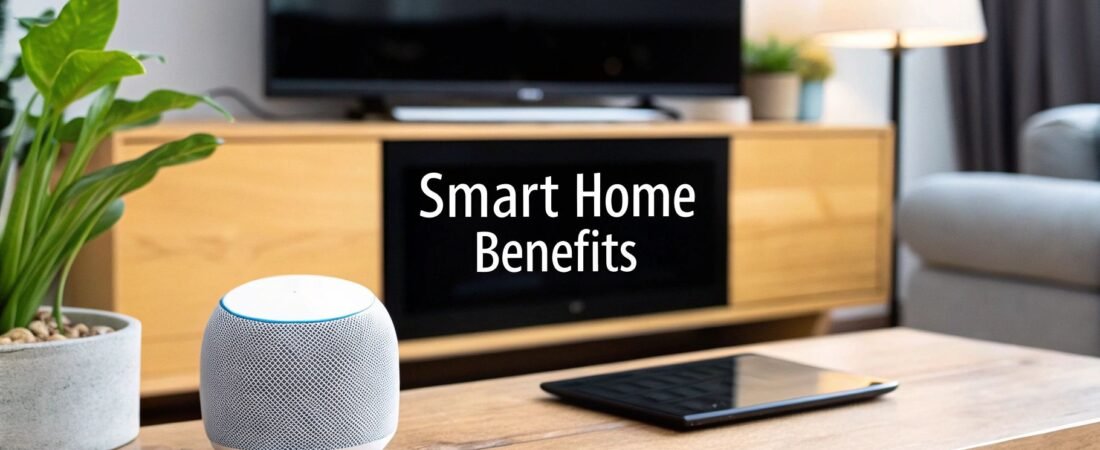


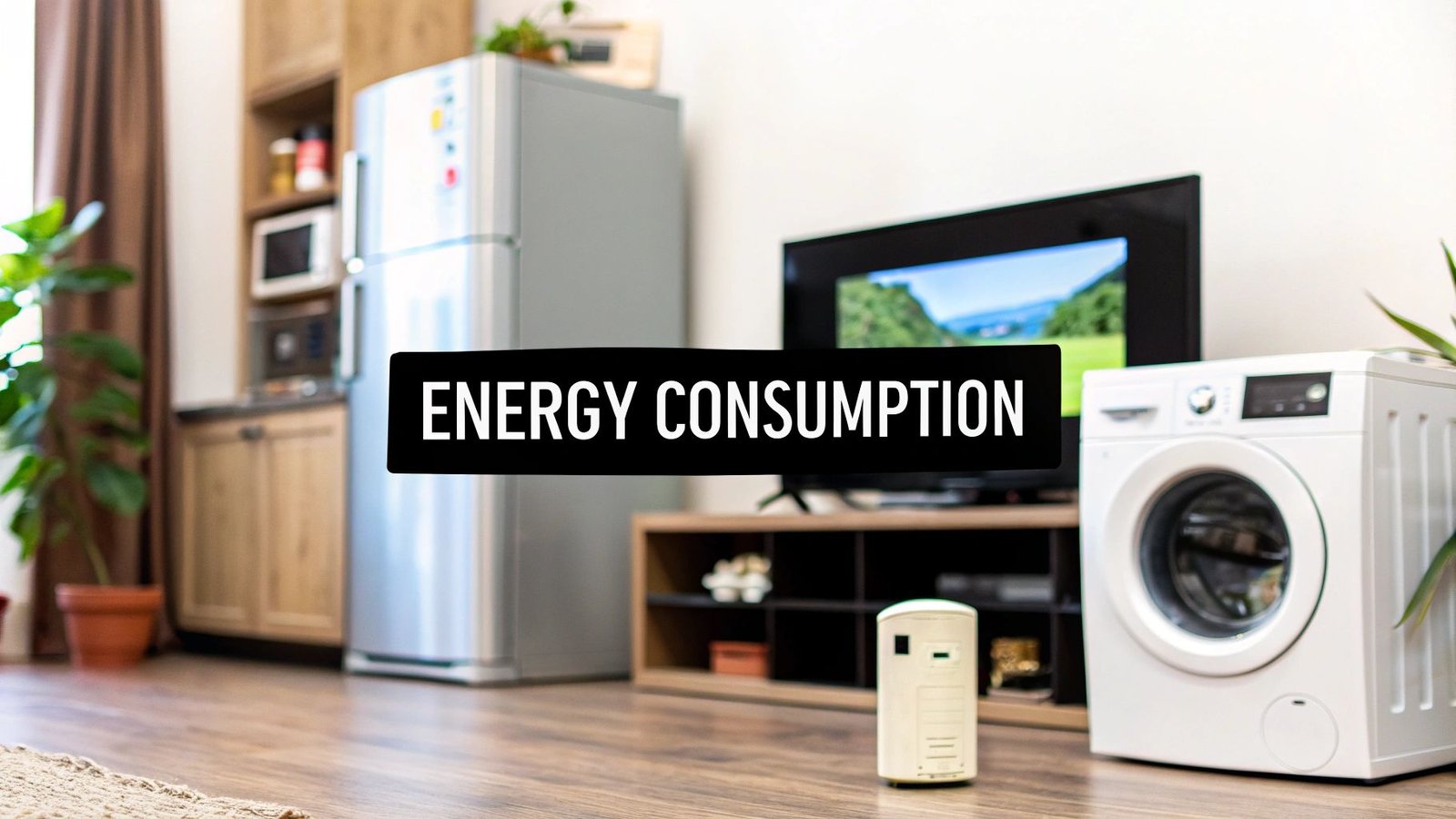
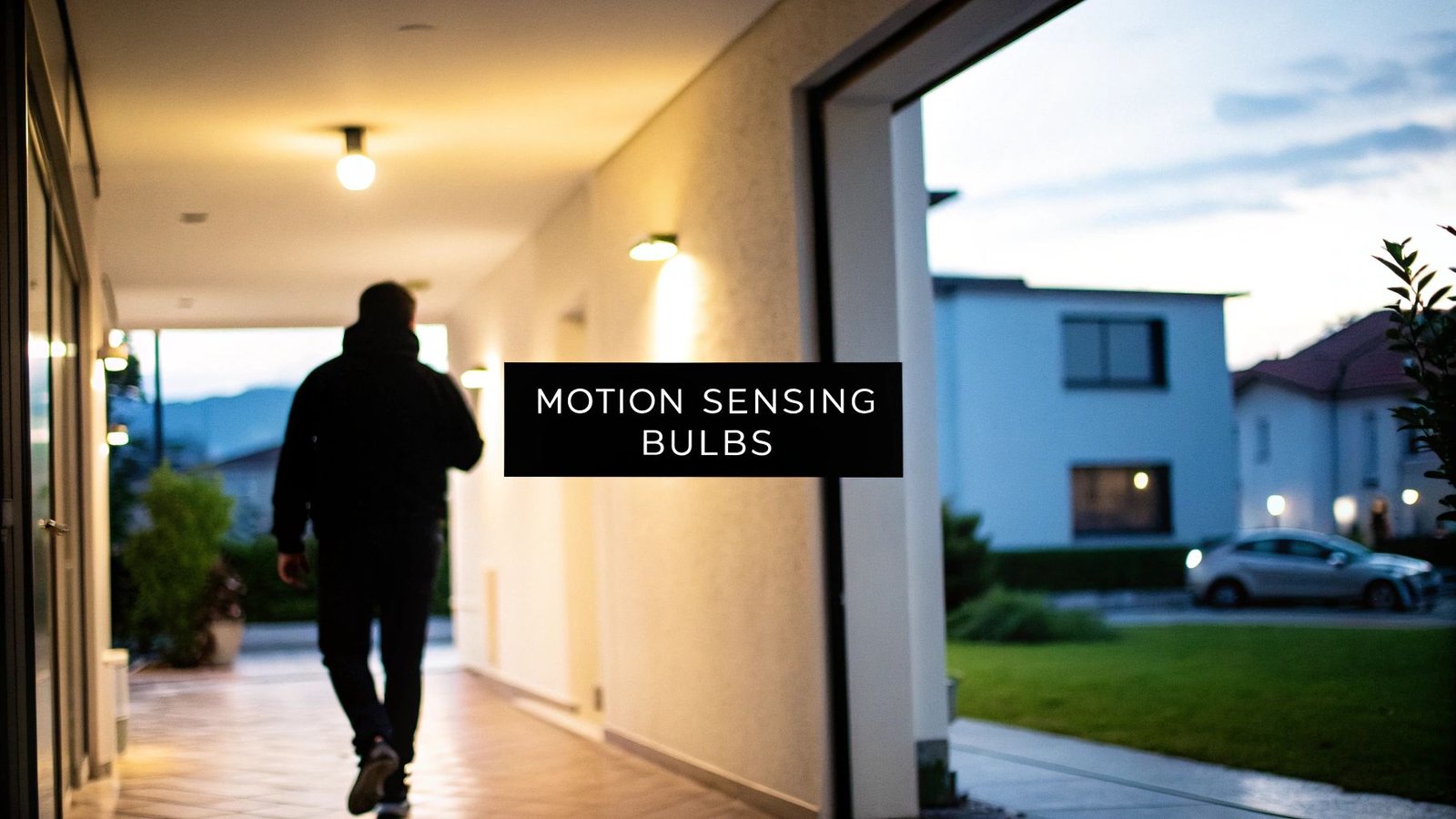
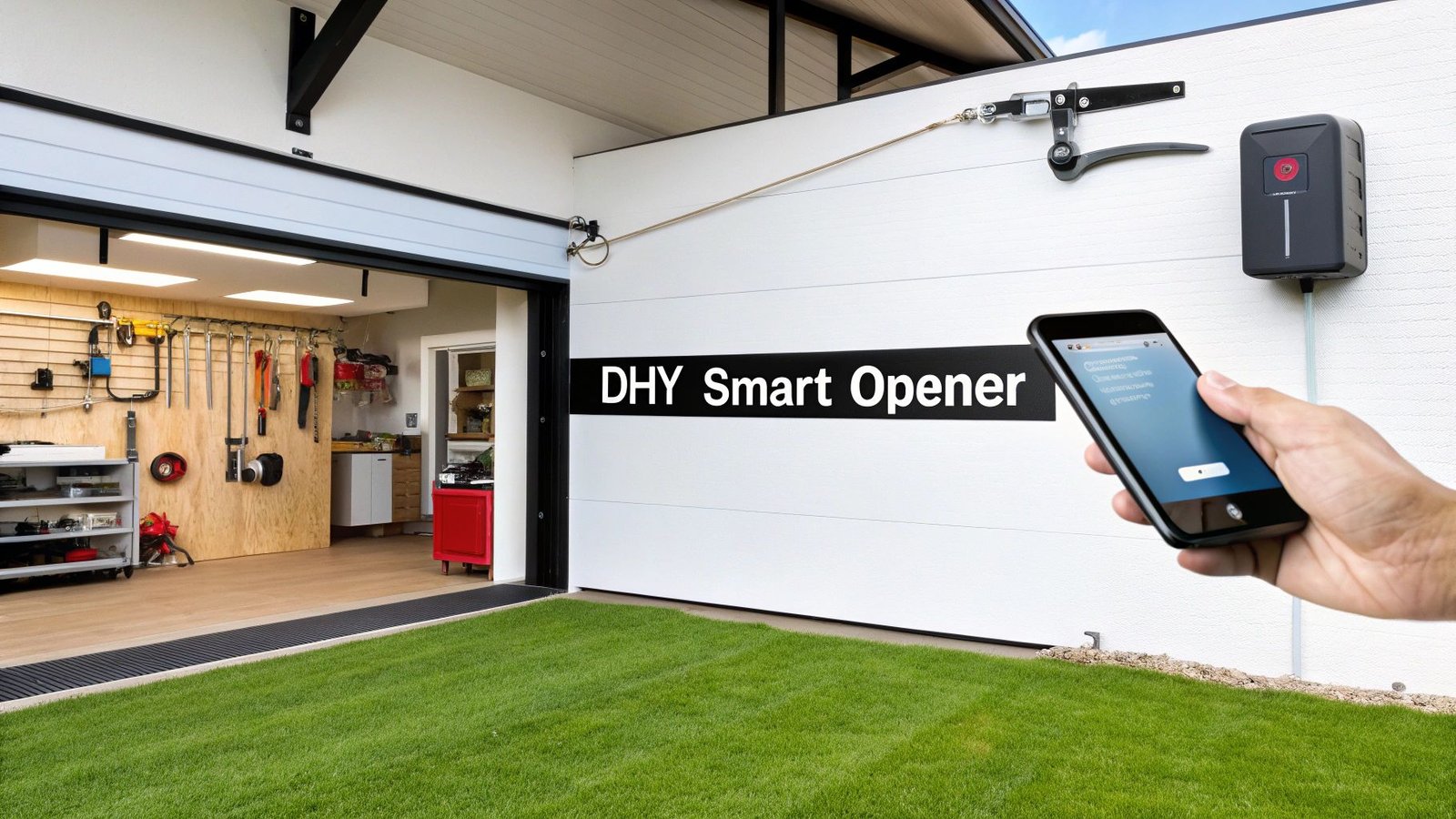
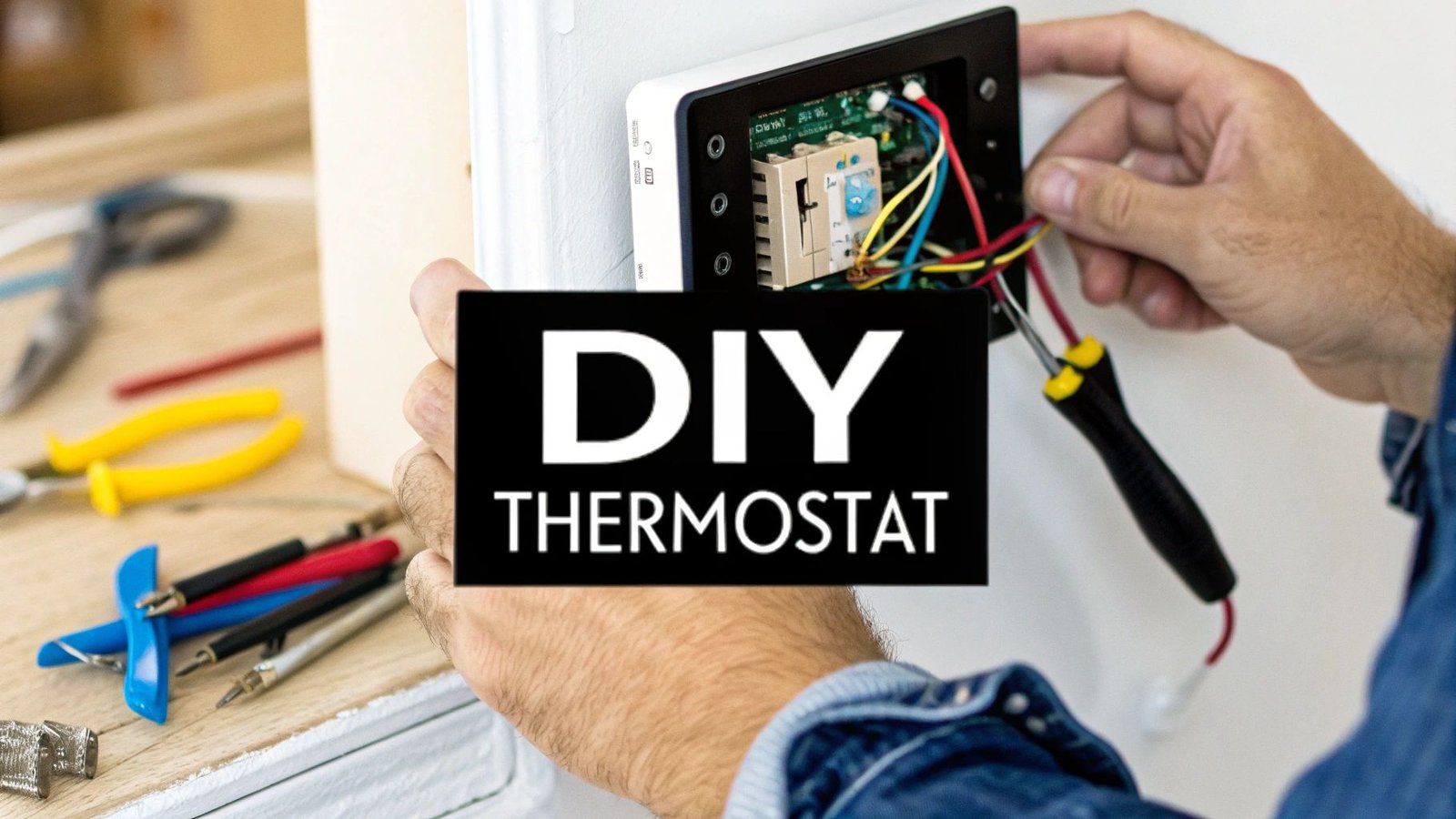




Leave a Reply